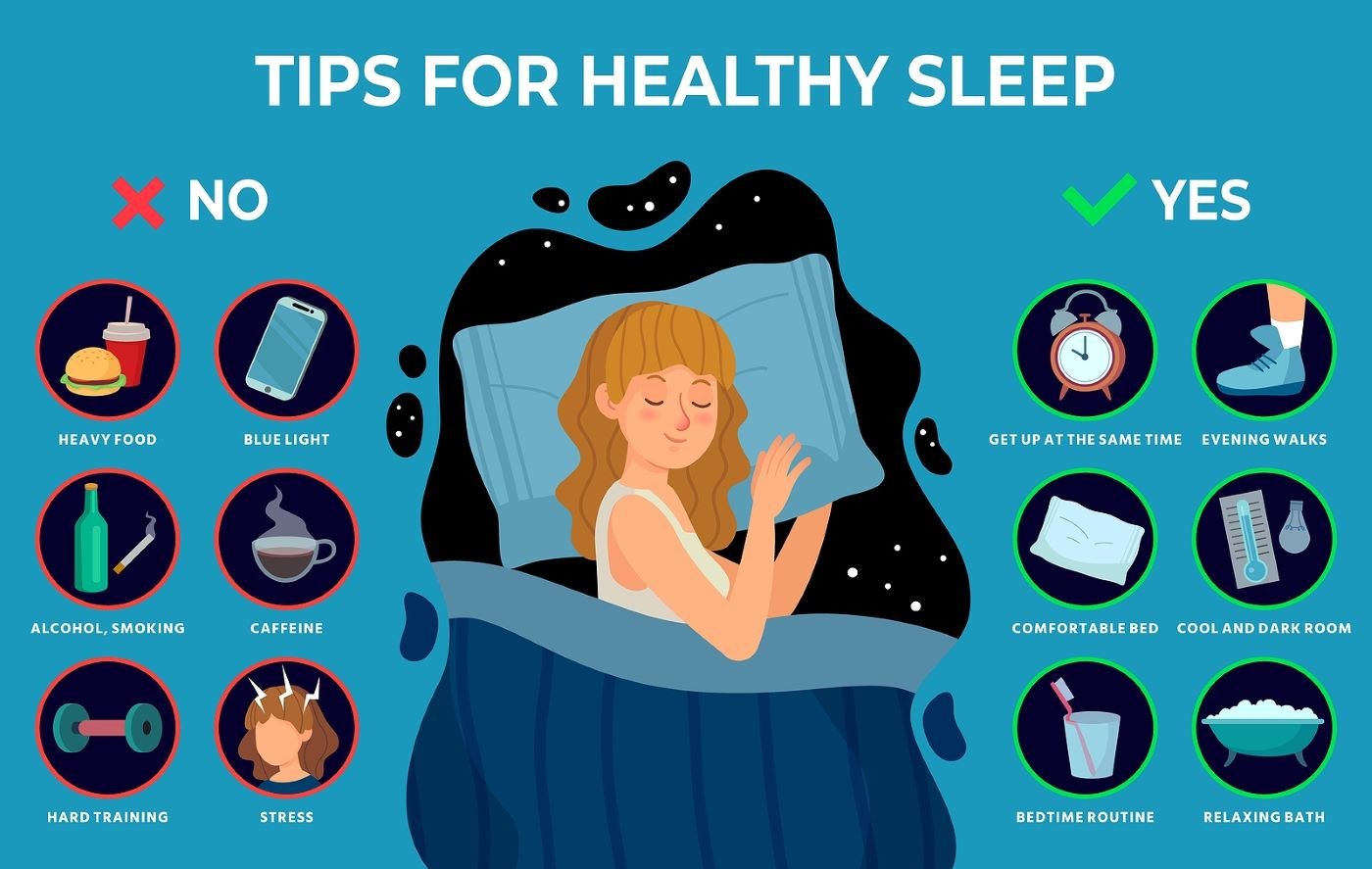Understanding nutrition labels is essential for making informed food choices. They provide vital information about the nutritional content of foods, helping you maintain a balanced diet and achieve your health goals. Here’s a step-by-step guide on how to read nutrition labels effectively.
1. Start with the Serving Size
The first thing to look at is the serving size, usually listed at the top of the nutrition label. This amount is the basis for all the nutritional information below. Pay attention to:
- Serving Size: Understand how much of the food item is considered one serving (e.g., 1 cup, 1 ounce).
- Servings Per Container: This indicates how many servings are in the entire package. If you consume more than one serving, adjust the nutritional values accordingly.
2. Check the Calories
Next, examine the calories per serving. This number tells you how much energy you will get from one serving of the food. Consider:
- Daily Caloric Needs: Compare the calories to your daily caloric needs to ensure you stay within your target range.
- Caloric Density: Foods high in calories with low nutritional value can contribute to weight gain. Opt for lower-calorie options that provide essential nutrients.
3. Look at the Nutrients
a. Macronutrients
Focus on the macronutrients: fats, carbohydrates, and proteins.
- Total Fat: Check the amount of total fat, including saturated and trans fats. Aim to limit saturated fats and avoid trans fats.
- Total Carbohydrates: Look for dietary fiber and sugars. Choose foods with higher fiber content, as fiber aids digestion and helps you feel full. Limit added sugars to maintain better health.
- Protein: Ensure you’re getting enough protein, which is essential for muscle repair and overall health.
b. Micronutrients
Next, check the vitamins and minerals. Important ones to note include:
- Vitamin D, Calcium, Iron, and Potassium: These nutrients are often under-consumed and are vital for overall health.
- Daily Value Percentage (%DV): This indicates how much a nutrient in a serving contributes to your daily diet. Aim for foods that provide 20% or more of the DV for beneficial nutrients and 5% or less for nutrients you want to limit.
4. Ingredients List
Read the ingredients list, which shows all the components of the food item in descending order by weight. Consider the following:
- Whole Foods First: Look for whole foods like vegetables, fruits, whole grains, and nuts at the top of the list.
- Avoid Processed Ingredients: Be cautious of long lists with many unrecognizable ingredients, artificial flavors, and preservatives.
- Watch for Allergens: Common allergens like nuts, dairy, and gluten are usually highlighted in the ingredients list.
5. Understand Health Claims
Food products often carry health claims, such as “low fat,” “sugar-free,” or “high fiber.” These can be misleading, so remember:
- Regulations: Know that there are specific definitions for these terms. For example, “low fat” means the product contains 3 grams of fat or less per serving.
- Context Matters: Always consider the entire nutrition label rather than just relying on health claims.
6. Make Healthier Choices
With the information gained from reading nutrition labels, you can make healthier food choices:
- Compare Products: Use the labels to compare similar products. Choose the option with better nutritional content.
- Plan Your Meals: Use labels to help plan balanced meals that meet your nutritional needs.
- Focus on Whole Foods: Prioritize whole, minimally processed foods that are rich in nutrients.

7. Conclusion
Reading nutrition labels is a powerful tool for making healthier food choices. By understanding serving sizes, calories, nutrient content, and ingredients, you can take control of your diet and improve your overall health. Always remember to look beyond the label and consider the whole food’s nutritional value to guide your choic




